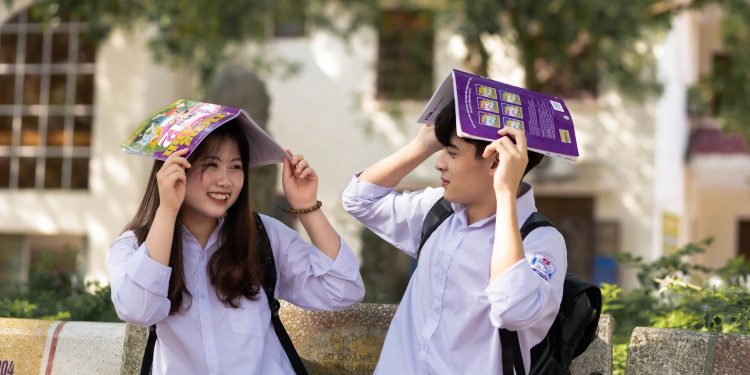South Korea has enacted groundbreaking nationwide legislation banning the use of mobile phones and smart devices during class hours in all schools, becoming the latest country to implement comprehensive restrictions on phone use among children and teenagers.
The bill passed convincingly on Wednesday afternoon (August 27, 2025) with 115 votes in favor out of 163 members present, demonstrating strong bipartisan support for addressing what lawmakers call a growing crisis in youth development and education.
The 2026 school phone ban will take effect from the next school year in March 2026, formalizing restrictions that many South Korean schools had already implemented independently. The law represents the most comprehensive approach to date in addressing smartphone addiction in educational environments, giving teachers authority to restrict phone use not only during classes but elsewhere on school premises as well.
South Korea joins a growing number of countries implementing classroom phone restrictions to address digital distraction and youth addiction. However, it stands apart as one of the few nations to enshrine such restrictions in national law rather than implementing regional or school-level policies.

Some countries like Finland and France have banned phones on a smaller scale, applying restrictions primarily to schools for younger children. Others including Italy, the Netherlands, and China have implemented broader restrictions across all school levels. Australia recently widened its pioneering ban on social media for teenagers, while a study in July found that phone bans in Dutch schools had significantly improved student focus.
This global trend reflects increasing concern among educators, parents, and policymakers about the impact of digital devices on cognitive development, social skills, and academic performance. The South Korean approach is particularly significant given the country’s status as one of the world’s most digitally connected societies.
The legislation also comes in response to disturbing data on smartphone addiction among South Korean youth. According to a 2024 government survey, nearly 43% of South Koreans aged 10-19 were classified as overly dependent on smartphones—almost double the national average of 23% for all age groups.
A separate survey by South Korea’s Education Ministry found that approximately 37% of middle and high school students report social media affects their daily lives, while 22% feel anxious when they cannot access their social media accounts. More than a third of teens also report struggling to control the amount of time they spend scrolling through videos on social media platforms.
Although the ban specifically targets phone use during class hours, it grants teachers broad authority to restrict device usage throughout school premises. The legislation also mandates that schools implement educational programs about the proper use of smart devices.
Exemptions and Special Considerations
The legislation includes important exemptions recognizing that blanket bans may not serve all students equally. The bill allows students with disabilities or special educational needs to continue using assistive devices that may incorporate smartphone technology. It also permits device usage for explicitly educational purposes under teacher supervision and during emergencies.
Implementation Timeline and Preparedness Measures
The March 2026 implementation date provides schools and educational authorities with several months to develop detailed protocols and procedures for enforcing the ban. This transition period allows for the development of standardized approaches across the country’s educational institutions while permitting flexibility for individual schools to adapt policies to their specific circumstances.
Many South Korean schools already have some form of smartphone restrictions in place, though these have varied significantly in scope and enforcement. The new legislation formalizes these practices and establishes consistent standards nationwide, potentially reducing confusion and inconsistency between different educational environments.

















